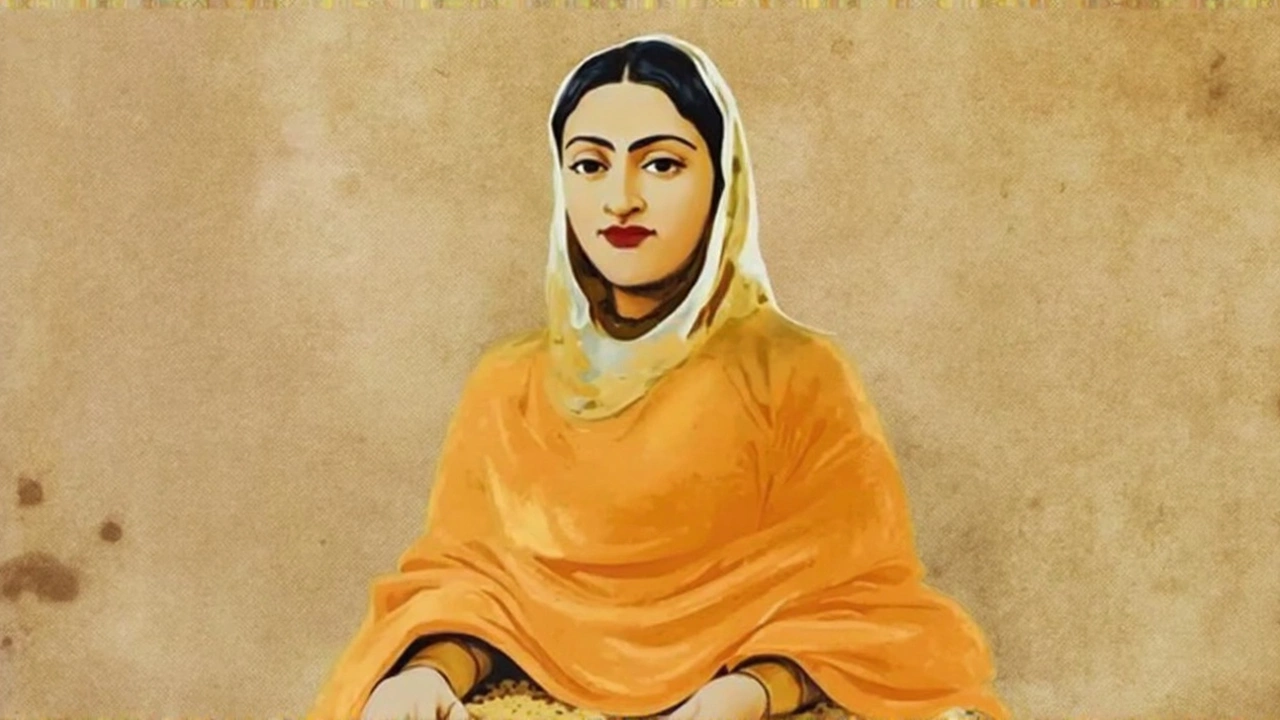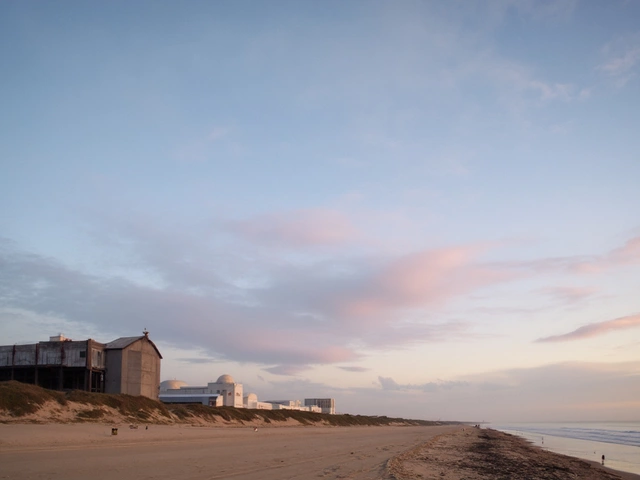British East India Company – History, Trade & Legacy
If you’ve ever heard the name "East India Company" and wondered what it actually did, you’re not alone. It began in 1600 when King James I gave a group of merchants a royal charter to trade with the East Indies. In plain terms, that meant they could buy spices, silk and tea from Asia and bring them back to England. The company quickly grew from a tiny trading outfit into a massive organization that ran its own armies, collected taxes and even ruled whole regions. It wasn’t just a business – it was a political force that helped shape the British Empire.
How the company started and grew
At first the company only had a few ships and a modest budget. But the charter let them act like a mini‑government: they could make treaties, build forts and keep the profits for themselves. They set up bases in places like Surat, Madras and Calcutta, turning each spot into a hub for buying local goods and selling British cloth. Over time, the company’s private army grew big enough to fend off rivals like the Dutch and the French. By the mid‑1700s they were collecting revenue from whole provinces in India, and the British Crown started to rely on that money to fund its wars.
One key turning point was the Battle of Plassey in 1757. A small force led by Robert Clive defeated the Nawab of Bengal, giving the company direct control over the richest province in India. From there, the company expanded its reach across the subcontinent, setting up a network of merchants, soldiers and administrators. They introduced new crops, built railways and even started to standardise currency. All of that made the company a powerhouse that could influence global trade patterns.
Impact on the world and why it still matters
The British East India Company left a mixed legacy. On the one hand, it opened up markets, spread technology and helped create a global economy. On the other hand, its pursuit of profit led to exploitation, famines and wars that hurt millions of people. The company’s rule also sowed the seeds for modern India’s bureaucracy and legal system, with many institutions tracing their roots back to company‑era reforms.
By 1858, after the Indian Rebellion of 1857, the British government decided the company had gone too far. The Crown took direct control of India, ending the company’s rule but keeping many of its administrative structures. Today, historians still debate whether the company was a pioneer of global trade or a ruthless coloniser. What’s clear is that its story offers lessons about the power – and danger – of private enterprises acting like governments.
When you explore the tag "British East India Company" on our site, you’ll find articles that dive into specific battles, personalities and economic policies that defined the era. Whether you’re a history buff, a student, or just curious about where modern global trade began, the company’s rise and fall provide a fascinating glimpse into how commerce can shape the world. Keep reading to see how the legacy of a 17th‑century charter still echoes in today’s markets and politics.

Rani Rashmoni cleverly leased a stretch of the Hooghly River to counter British interference, blocking their trade to defend fisherfolk rights. Her bold move forced the East India Company to end fishing taxes and earned her a lasting place in Bengal's history and culture.
Continue Reading





